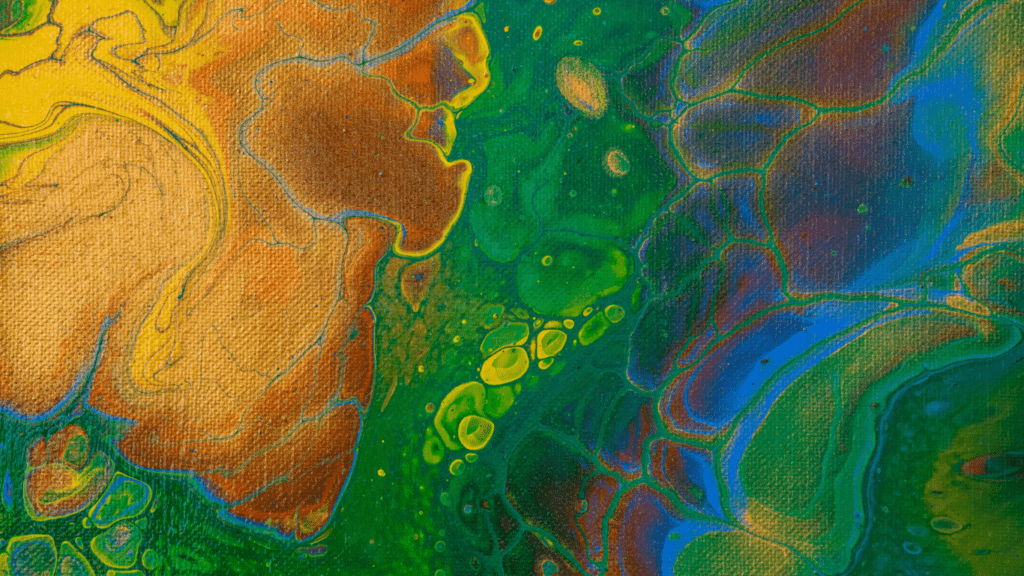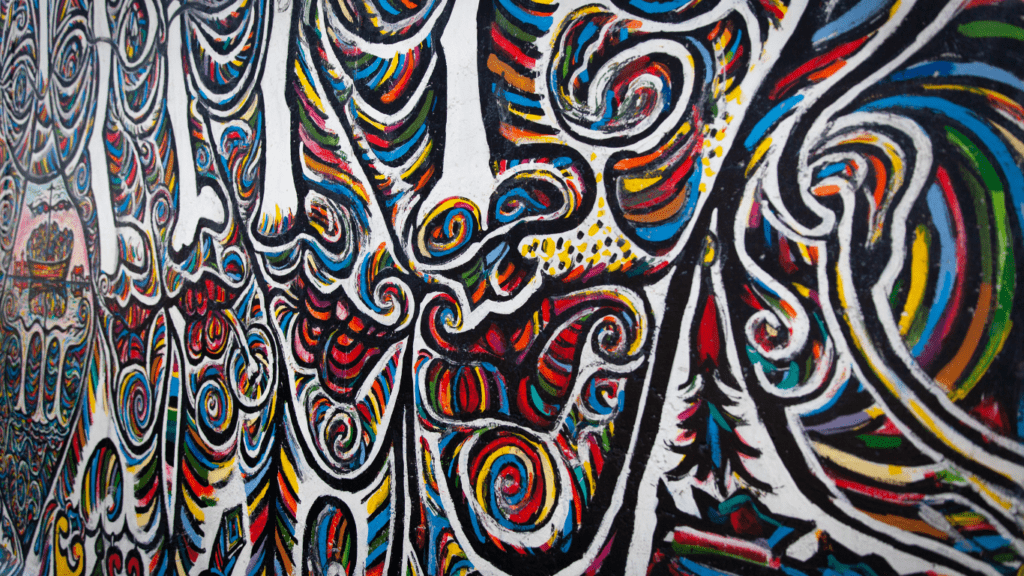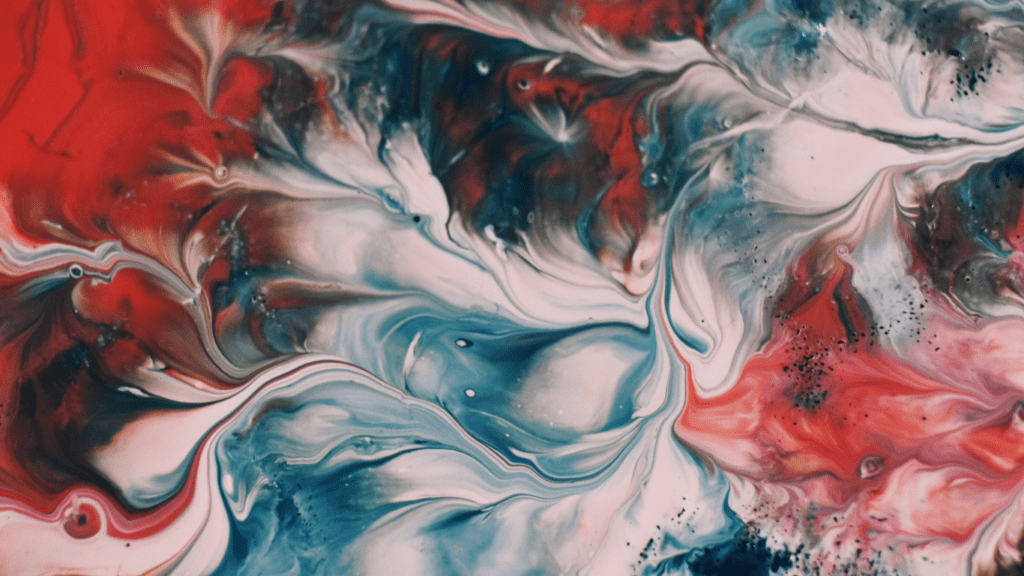Understanding Abstract Art
Abstract art, distinct from representational art, focuses on shapes, colors, and forms devoid of direct real-world references.
Origins and History
Abstract art emerged in the early 20th century with pioneers like Wassily Kandinsky and Piet Mondrian. The movement sought to break away from traditional representation by exploring non-representational forms. Influenced by Cubism, Futurism, and Fauvism, abstract art challenged the constraints of visual perception.
Key Characteristics
Abstract art prioritizes visual elements like color line shape over representational accuracy. Artists use various techniques, such as geometric abstraction (Mondrian) or lyrical abstraction (Kandinsky), to evoke emotions and intellectual responses. The emphasis on non-traditional composition allows viewers to engage with the artwork on a purely visual level.
- Wassily Kandinsky: Often considered the father of abstract art, notable works include Composition VII and On White II.
- Piet Mondrian: Known for his distinctive grid-based paintings, such as Composition with Red, Blue, and Yellow.
- Kazimir Malevich: Introduced Suprematism with works like Black Square and White on White.
Understanding the origins, characteristics, and influential artists of abstract art deepens appreciation and enriches the art-viewing experience.
Exploring Abstract Expressionism
Abstract Expressionism surged in the mid-20th century as an influential American art movement. It was characterized by a dynamic style and a focus on expressive, spontaneous execution.
Emergence and Evolution
Abstract Expressionism emerged in New York City in the 1940s. Many artists, fleeing war-torn Europe, brought avant-garde ideas with them. This migration created a melting pot of influences. World War II’s aftermath fostered introspection and existential angst. Artists expressed these feelings through energetic, large-scale works. By the 1950s, Abstract Expressionism had gained prominence, placing New York as the new center of the art world.
Distinctive Features
Abstract Expressionism featured several key characteristics. Artists often used large canvases, emphasizing the act of painting itself. Bold brushstrokes, dripping, and pouring techniques were common. Unlike earlier abstract art, which often focused on geometric shapes, Abstract Expressionism was more about conveying the artist’s inner turmoil and spirit. This movement didn’t adhere to a single style. Some works featured intense, aggressive lines, while others had softer, more fluid forms. Emotional intensity remained a central theme.
Prominent Figures and Contributions
Several notable artists defined Abstract Expressionism. Jackson Pollock revolutionized painting techniques with his drip paintings, where he poured and splattered paint onto canvases laid flat on the floor. Mark Rothko explored color field painting, creating compositions with large, colorful rectangles intended to evoke deep emotions. Willem de Kooning blended figuration and abstraction, showcasing vigorous brushwork and complex compositions. Each artist contributed uniquely, shaping the movement’s diverse landscape.
This comprehensive view of Abstract Expressionism underscores its significance in modern art history. By delving into its emergence, distinctive features, and key figures, one gains a richer understanding of the movement’s impact.
Comparing Abstract Art and Abstract Expressionism

To understand the nuances between abstract art and Abstract Expressionism, we should examine key aspects such as technique and intention. Each movement has made a significant impact on the art world.
Differences in Technique
Abstract art focuses on non-representational depictions, often using geometric shapes and vibrant colors. Kandinsky’s use of lines and shapes, for example, embodies this technique. Mondrian’s grid compositions also highlight abstraction. Artists in this genre prioritize formal elements like:
- color
- shape
- line
In contrast, Abstract Expressionism employs dynamic brushstrokes and expansive canvases. Jackson Pollock’s drip technique is quintessential of this style, showcasing an emotional charge and spontaneity. Willem de Kooning’s vigorous strokes further emphasize the movement’s expressiveness. Here, the act of painting itself becomes a crucial element of the artwork.
Variations in Themes and Intentions
Abstract art aims to transcend physical representation, inspiring introspection and conveying complex ideas. It often engages viewers in a dialogue about visual perception and artistic interpretation. Artists like Kandinsky sought to evoke spirituality through abstract compositions.
Abstract Expressionism, on the other hand, channels intense emotional expression. Post-WWII artists like Rothko intended to create immersive experiences that elicited visceral reactions. Themes of angst, existential dread, and human psyche are prevalent. The movement serves as a conduit for personal and collective emotions.
Impact on the Art World
Abstract art, first emerging in the early 20th century, redefined artistic boundaries. By breaking from representational art, it paved the way for modern and contemporary art practices. It invited viewers to explore new dimensions of visual experience and conceptual thinking.
Abstract Expressionism, a mid-20th-century movement, revolutionized how artists and audiences perceived art’s purpose. Its influence extended beyond visual arts into literature, music, and cultural theory. Iconic figures like Pollock and Rothko not only elevated the status of American art on the global stage but also inspired successive generations of artists to explore emotional depth and experimental techniques.
Influences on Contemporary Art
Abstract art and Abstract Expressionism have profoundly shaped contemporary art, introducing new ways of thinking about form, color, and emotion.
Legacy and Modern Interpretations
Both movements paved the way for minimalism and conceptual art, pushing boundaries beyond traditional visual representation. Abstract art’s focus on geometric shapes and color has influenced modernist and minimalist designers. Artists like Ellsworth Kelly and Frank Stella drew inspiration from Abstract art’s simplicity.
Abstract Expressionism’s emotional intensity and technique inspired movements like Neo-Expressionism. Artists such as Jean-Michel Basquiat and Julian Schnabel incorporated dynamic brushstrokes and vibrant colors. These influences show how contemporary practices evolved from past movements, blending emotional depth with innovative techniques.
Current Trends and Directions
Today, contemporary artists continue to draw from Abstract art and Abstract Expressionism, integrating digital tools and new media. Generative art, which uses algorithms to create pieces, takes Abstract art’s focus on form and automates it, generating intricate patterns that reflect modern technology’s role.
Interactive installations, influenced by Abstract Expressionism’s engagement with viewers’ emotions, incorporate elements like AR and VR to create immersive experiences. Artists like Anish Kapoor and Olafur Eliasson explore spatial dynamics, channeling abstract principles into three-dimensional, participatory forms.
These trends demonstrate how contemporary art continually evolves, rooted in foundational movements while embracing new technologies and societal shifts.





